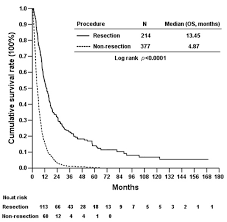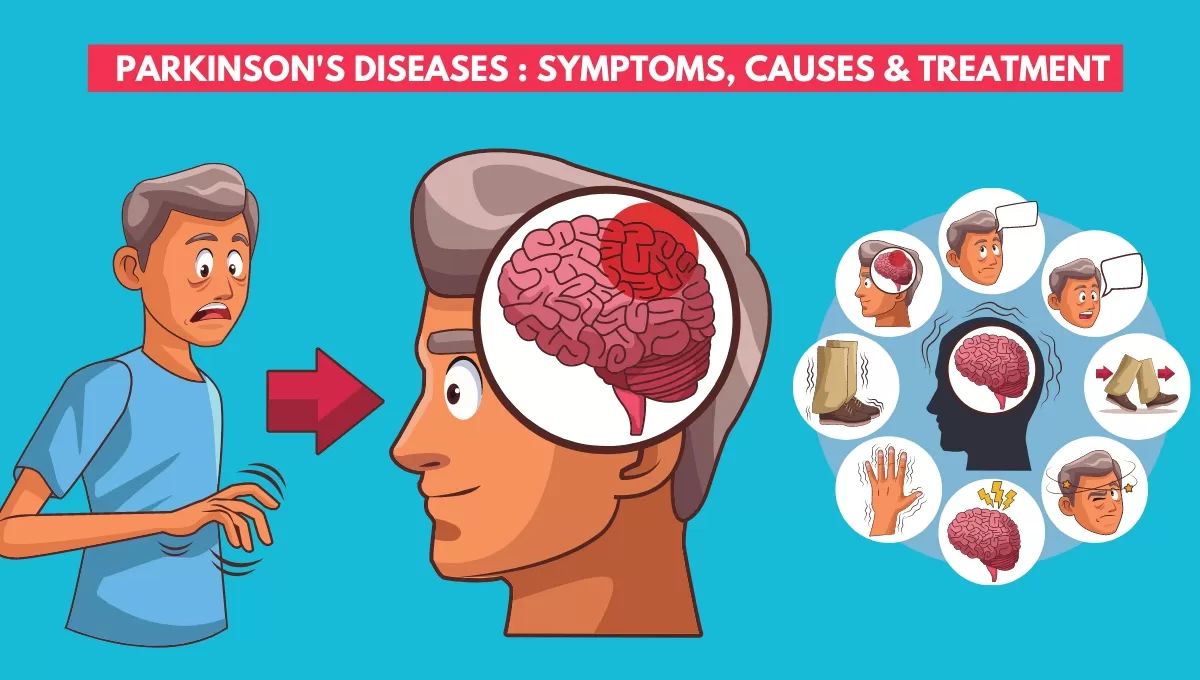
Introduction
Pancreatic cancer is often dubbed the ‘silent killer,’ largely due to its asymptomatic nature in the early stages and late diagnoses. According to Cancer Research UK, pancreatic cancer is the tenth most common cancer diagnosed in the UK, with almost 10,000 new cases every year. The increasing prevalence of this disease highlights the necessity for continued research and public awareness about its diagnosis, treatment options, and the importance of early detection.
Recent Advances in Pancreatic Cancer Research
Recent studies have shown promise in the fight against pancreatic cancer, particularly in understanding the genetics behind the disease. A team of researchers at the University of Cambridge unveiled specific mutations linked to hereditary pancreatic cancer, which could improve early detection for families with a genetic predisposition.
Moreover, scientists at the Massachusetts Institute of Technology (MIT) are developing innovative nanotechnology that can enhance drug delivery systems directly to pancreatic tumours, aiming to increase treatment efficacy while minimising side effects. Clinical trials are currently underway to evaluate these methods.
Current Treatment Landscape
The treatment of pancreatic cancer typically involves a combination of surgery, chemotherapy, and radiation therapy. However, new targeted therapies are emerging, such as PARP inhibitors for patients with specific genetic mutations. Recent findings from clinical trials indicate that these targeted drugs not only extend survival rates but can also lead to improved quality of life for patients.
Immunotherapy is also gaining traction, showing encouraging outcomes in clinical trials. Research led by the Johns Hopkins University indicates that personalised vaccines could successfully stimulate the immune system to fight pancreatic cancer cells more effectively.
Challenges and Future Outlook
Despite these advances, pancreatic cancer continues to present substantial challenges. The overall five-year survival rate remains approximately 10%, primarily due to late-stage diagnosis. The necessity for continual training and awareness for general practitioners and patients alike is crucial for improving early detection rates.
Conclusion
The urgency of addressing pancreatic cancer cannot be overstated. As research uncovers new treatment modalities and genetic insights into the disease, the prospect of better survival rates and quality of life for patients becomes more achievable. Public awareness campaigns and continued funding for research are vital to combat this formidable opponent. With current advancements on the horizon, there is a renewed sense of hope in the fight against pancreatic cancer.
You may also like

Understanding Care Homes: Trends and Importance in 2023

